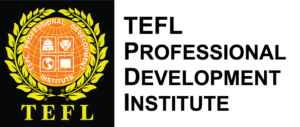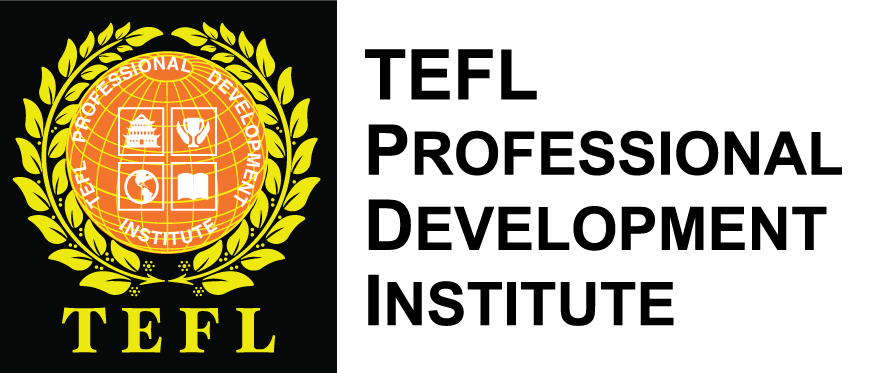Optimal TEFL and ESL lesson plan fundamentals
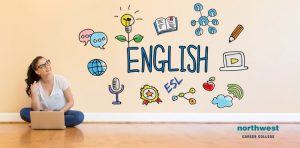
When creating TEFL (Teaching English as a Foreign Language) or ESL (English as a Second Language) lesson plans, there are several fundamental aspects to consider to ensure optimal effectiveness.
Here are some key elements:
Clear objectives: Start by defining clear and measurable objectives for each lesson. What specific language skills or concepts do you want your students to achieve by the end of the lesson? This will help you structure your plan accordingly.
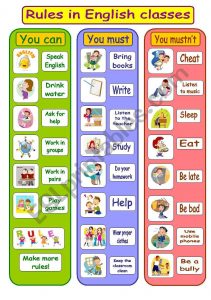
Engaging warm-up: Begin the lesson with a warm-up activity that activates students’ prior knowledge and gets them interested and engaged. It can be a short game, discussion, or interactive task related to the lesson topic.
Balanced structure: Divide the lesson into logical segments such as introduction, presentation, practice, and production. The introduction should provide context and motivate students, while the presentation phase introduces new language or concepts. Practice activities should allow students to use the language in controlled settings, and the production phase focuses on authentic communication.

Variety of activities: Incorporate a range of activities to cater to different learning styles and maintain student engagement.
Use a mix of pair work, group work, individual tasks, discussions, role-plays, games, and multimedia resources to make the lesson dynamic and interactive.

Clear instructions: Ensure that your instructions are clear, concise, and easy for students to understand. Use visual aids, examples, and demonstrations if necessary. Take into account the language proficiency level of your students and adjust your instructions accordingly.
Differentiation: Recognize the diversity in your classroom and plan activities that accommodate different proficiency levels, learning styles, and interests.
Provide additional support or challenge for students as needed, ensuring that all learners are appropriately engaged and progressing.

Assessment and feedback: Include opportunities for ongoing assessment and feedback throughout the lesson. Monitor students’ progress, provide constructive feedback, and offer praise and encouragement. Formative assessments can be in the form of observation, questioning, or short quizzes.
Authentic materials: Incorporate authentic materials such as real-world texts, videos, audio clips, or images whenever possible. These materials expose students to natural language use and cultural aspects, enhancing their language skills and cultural awareness.

Flexibility and adaptability: Be prepared to adapt your lesson plan based on the needs and progress of your students. Be flexible to address questions, concerns, and unexpected opportunities for learning that may arise during the lesson.
Reflection and revision: After each lesson, reflect on its effectiveness. Consider what worked well and what could be improved. Make notes for future reference and use them to revise and refine your lesson plans.
By incorporating these fundamental aspects into your TEFL or ESL lesson plans, you can create engaging, effective, and student-centered learning experiences.
Remember to consider the specific needs and goals of your students, as well as the cultural context in which you are teaching, to tailor your lessons accordingly.
TEFL PDI – Here with you throughout your entire TEFL Journey!
Live Life – Help Others – Reward Yourself!

